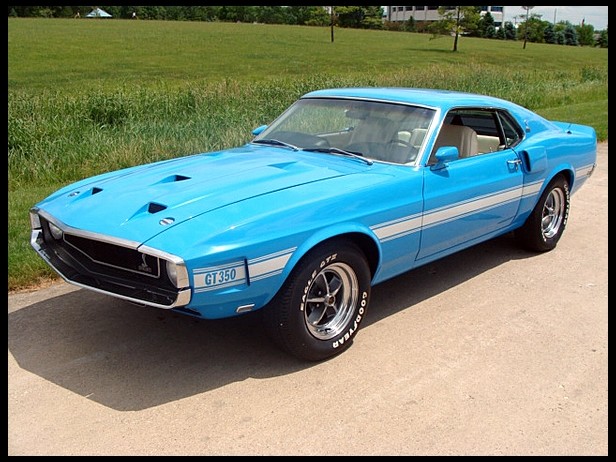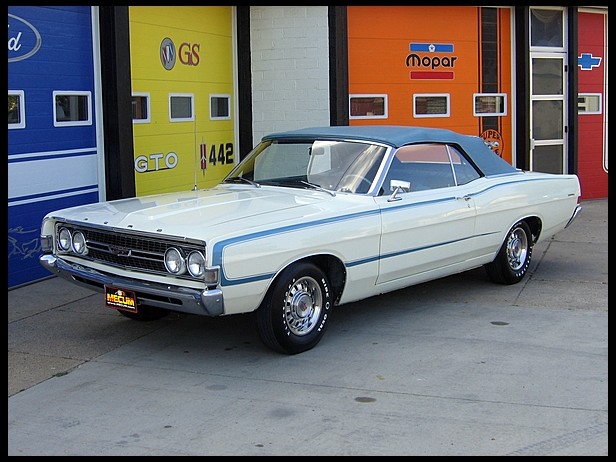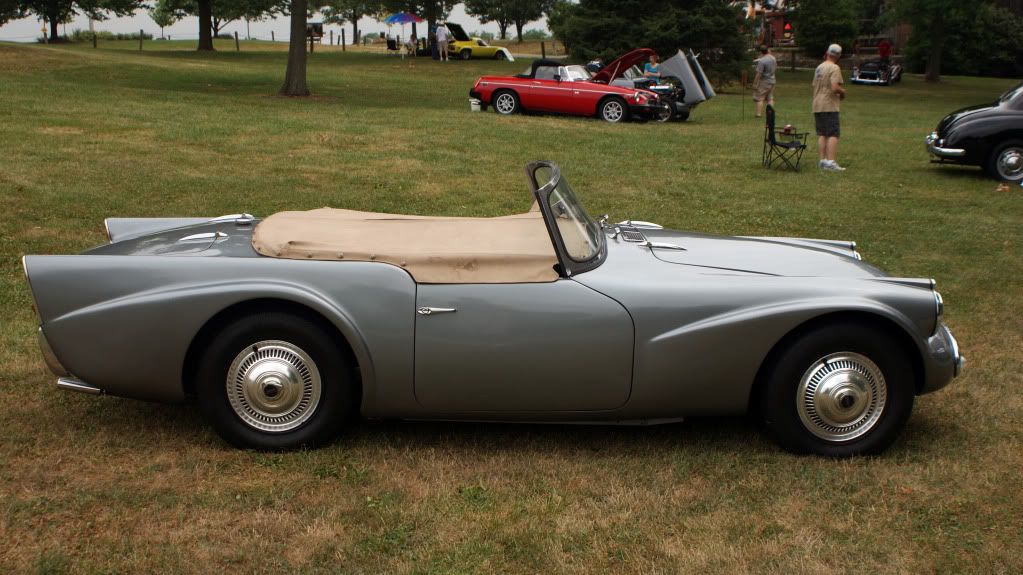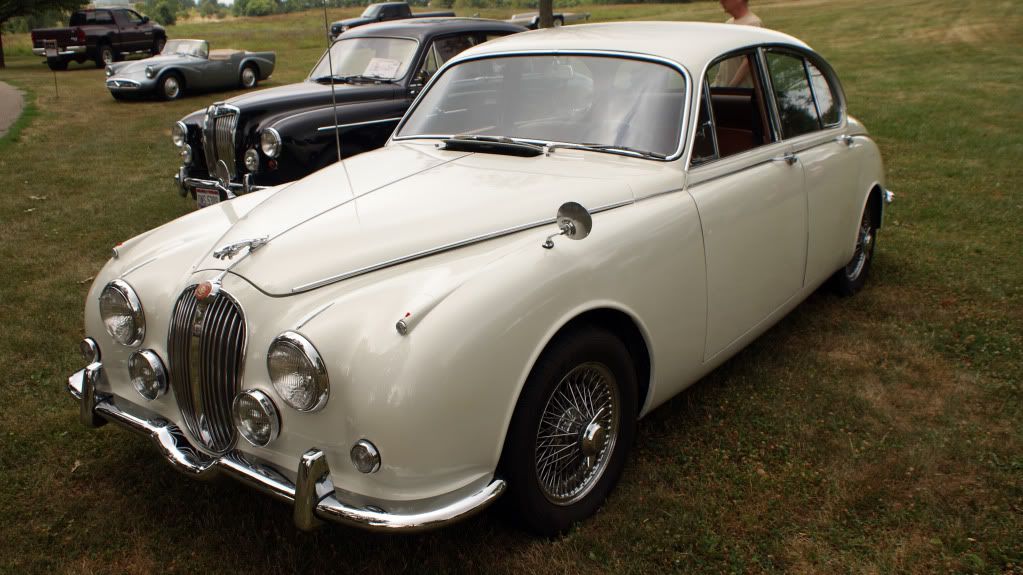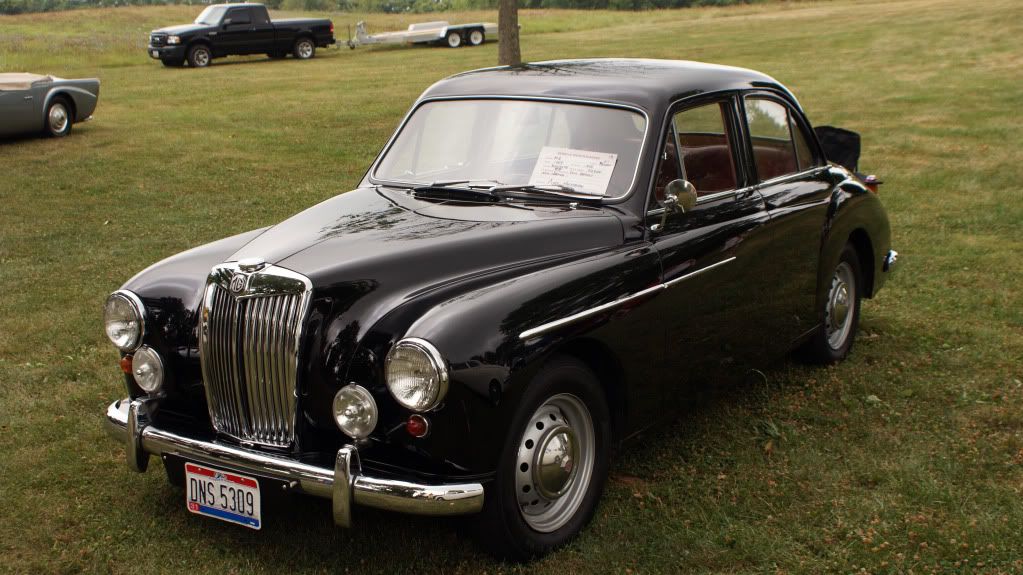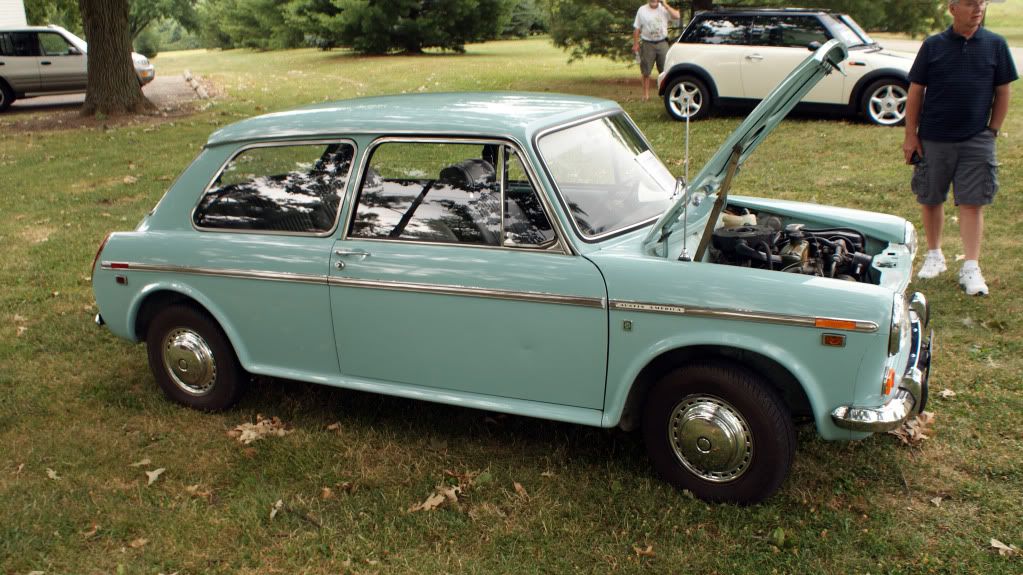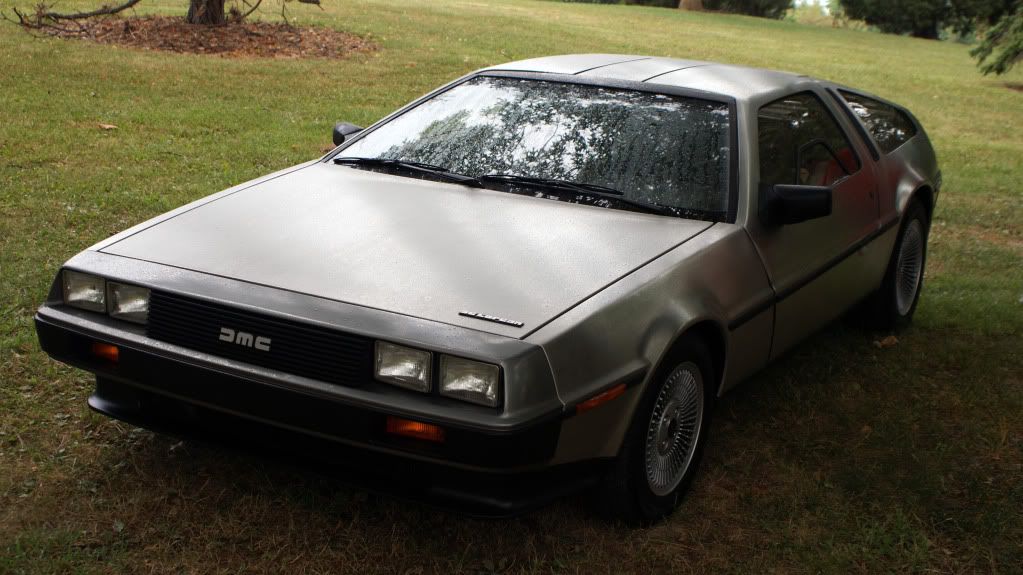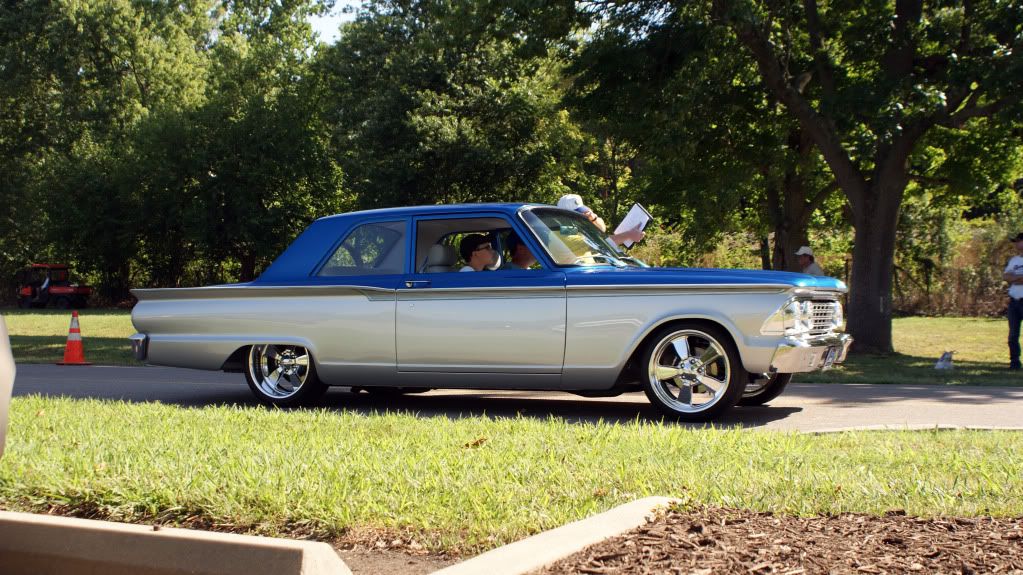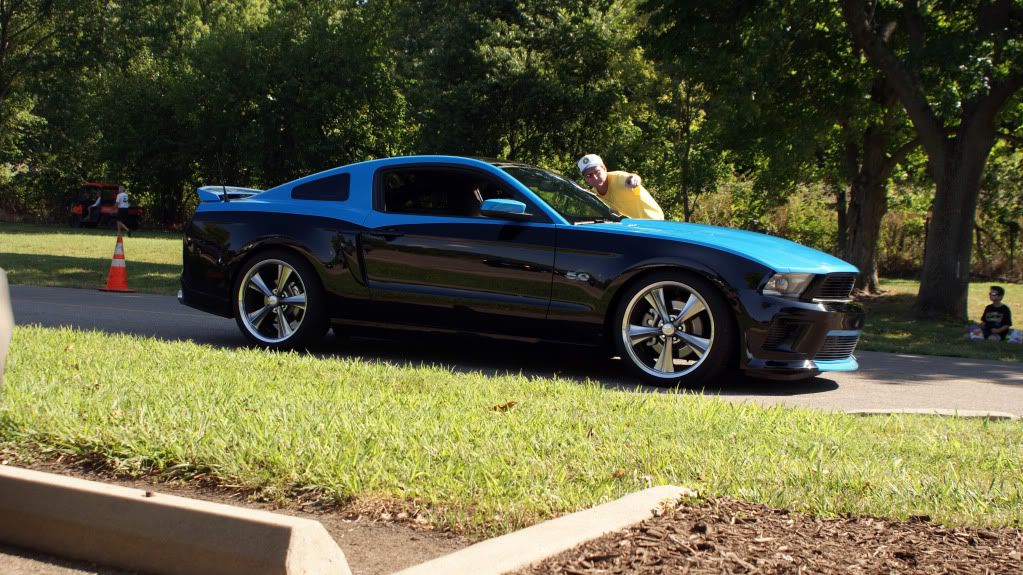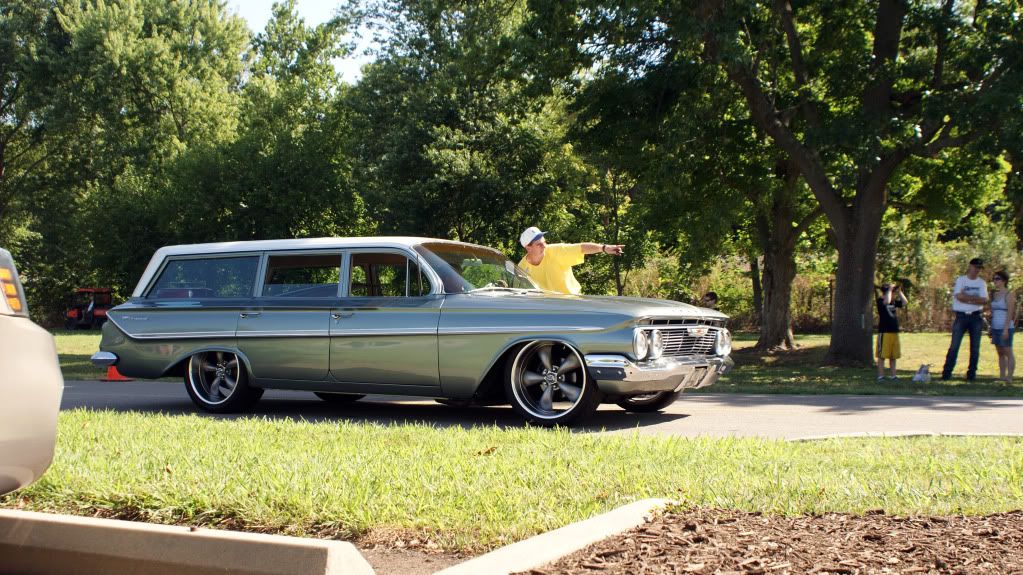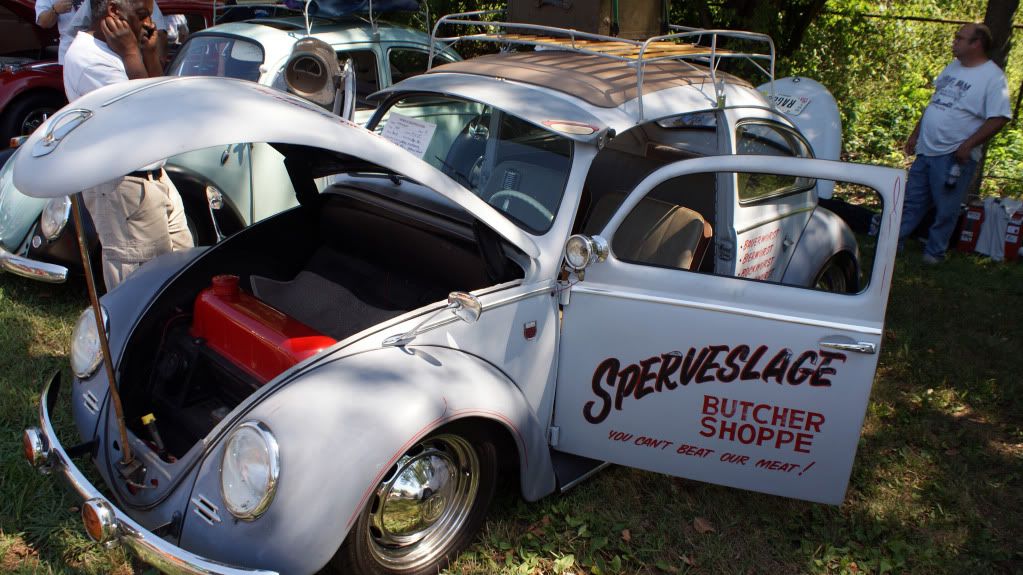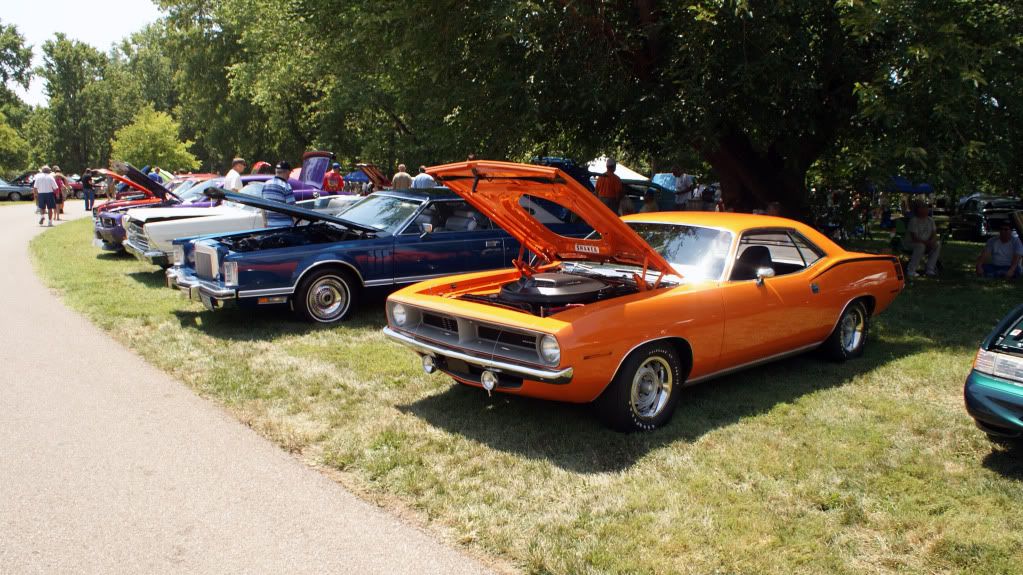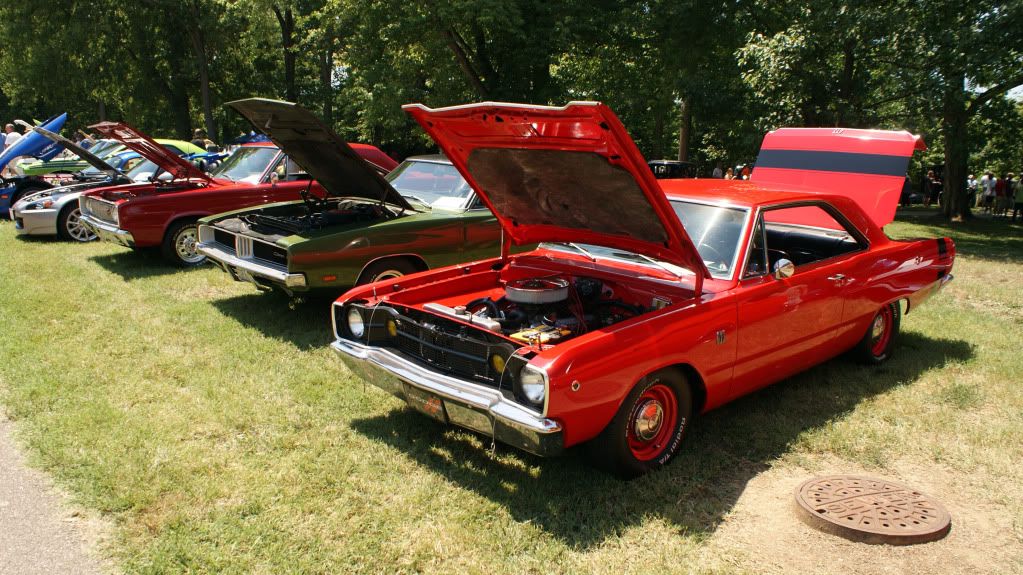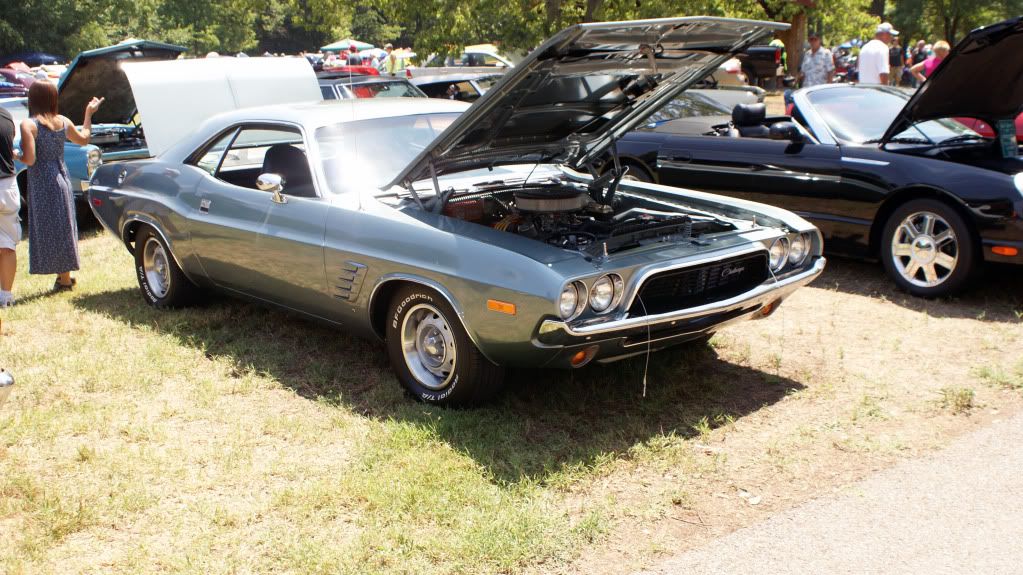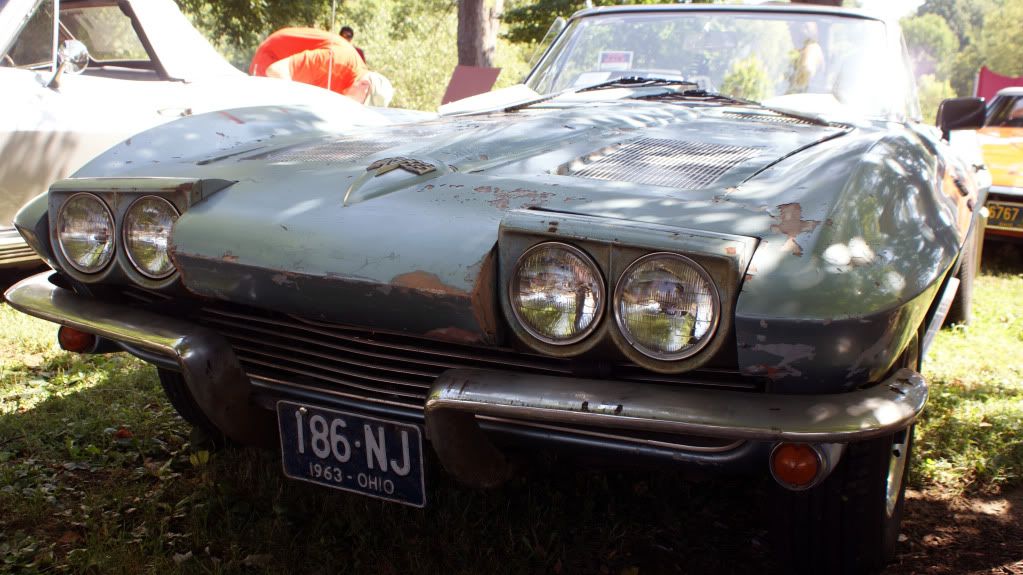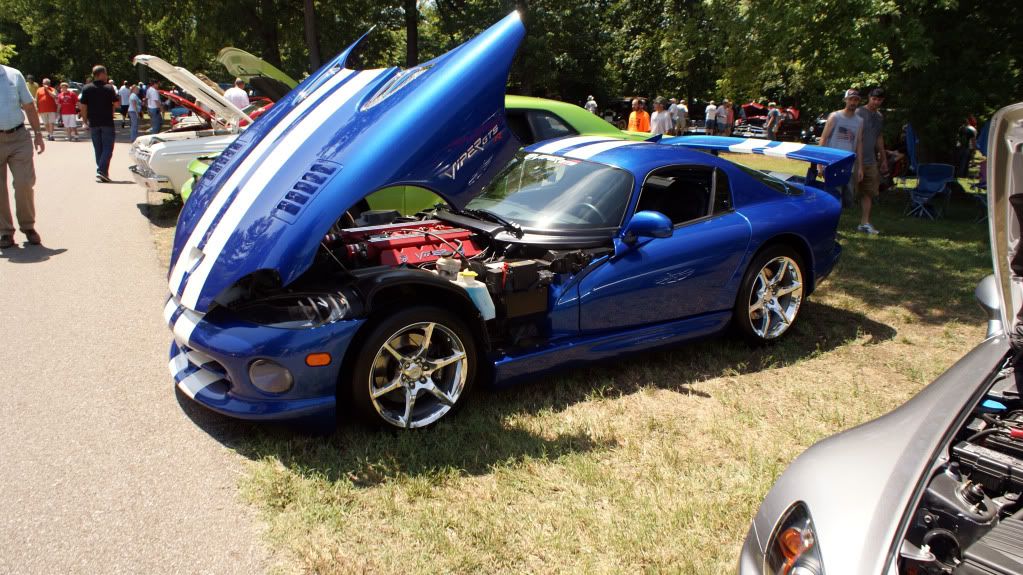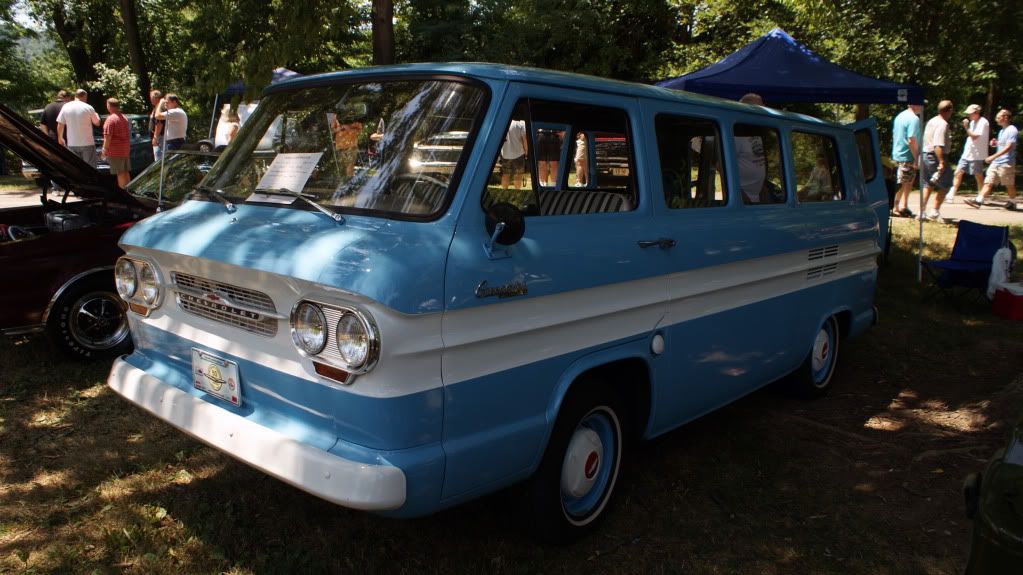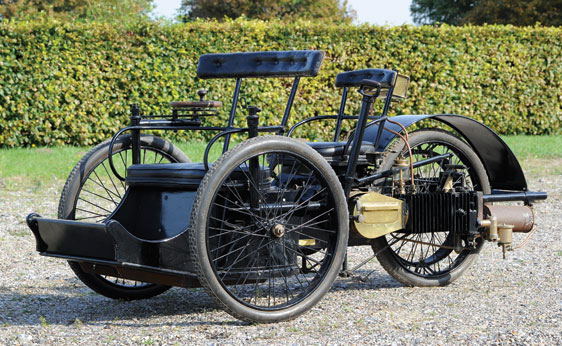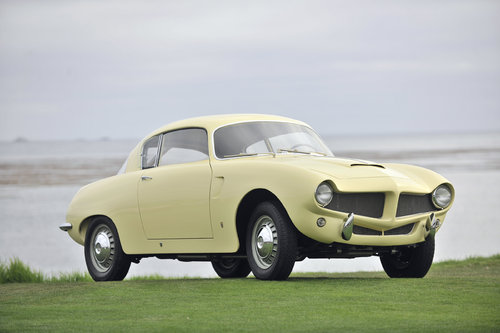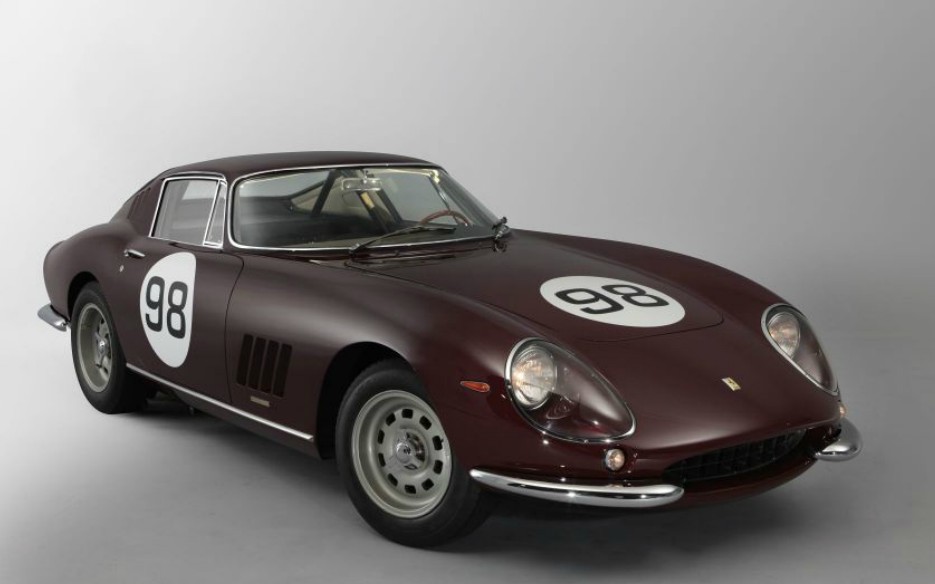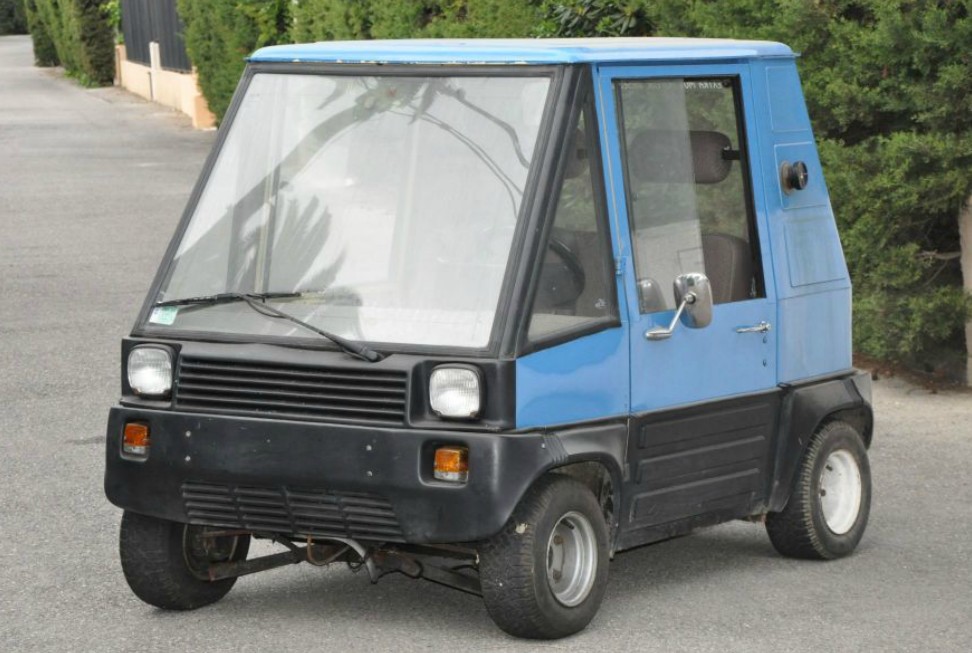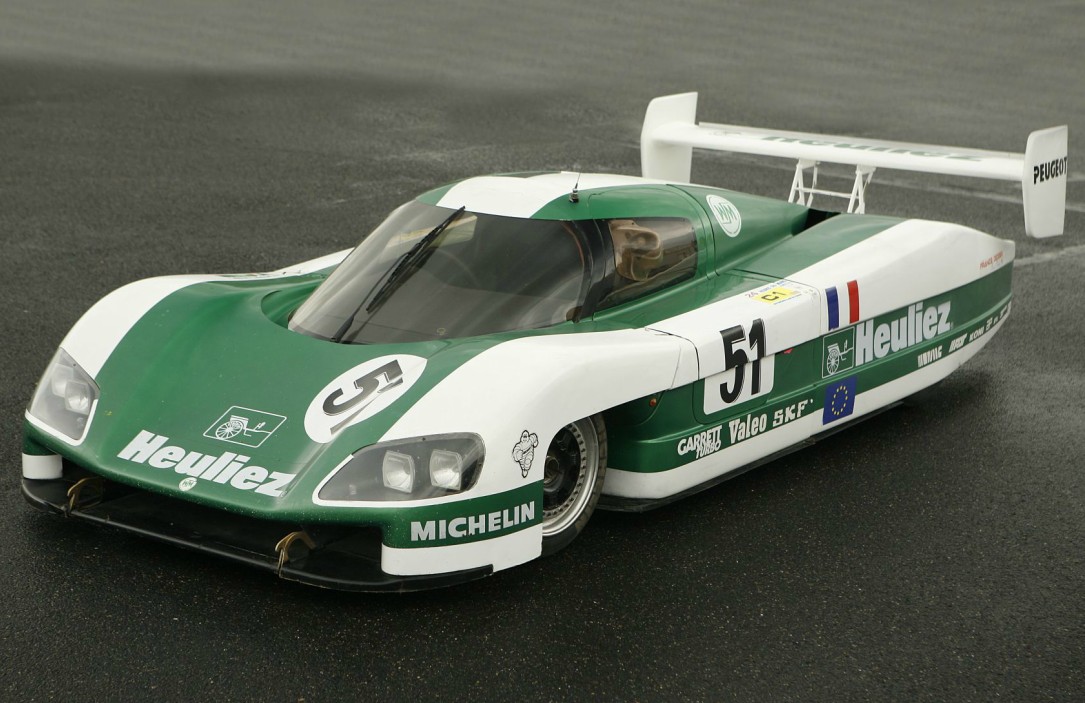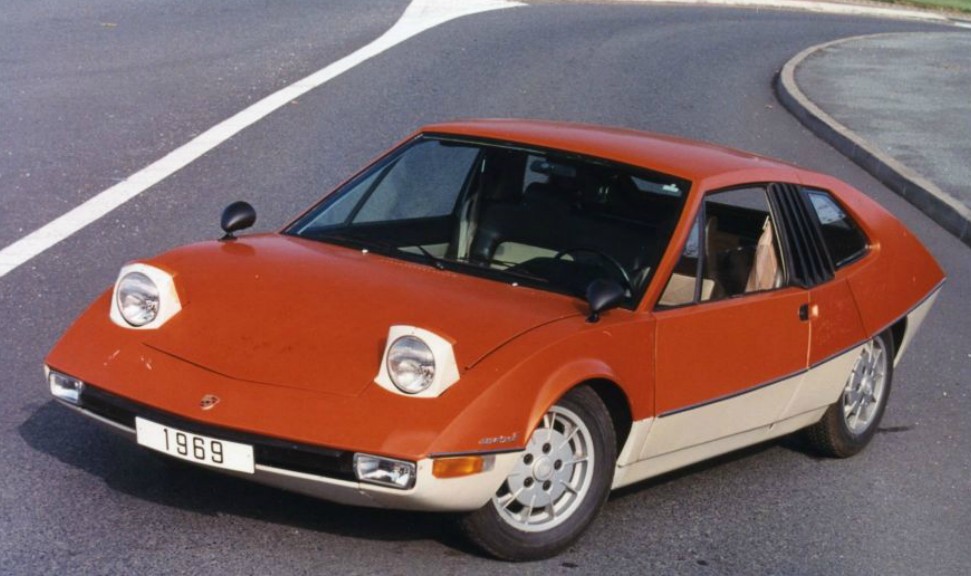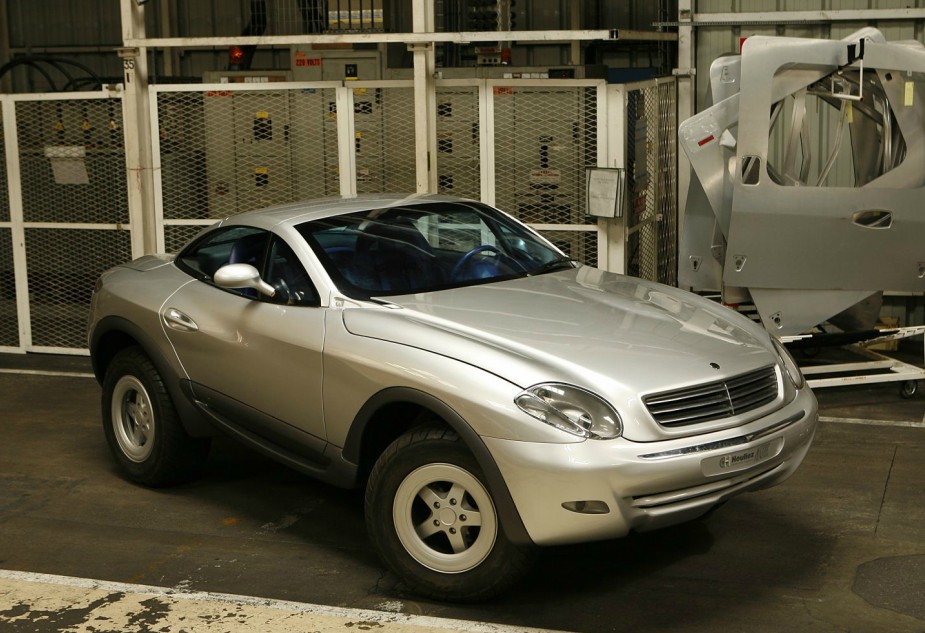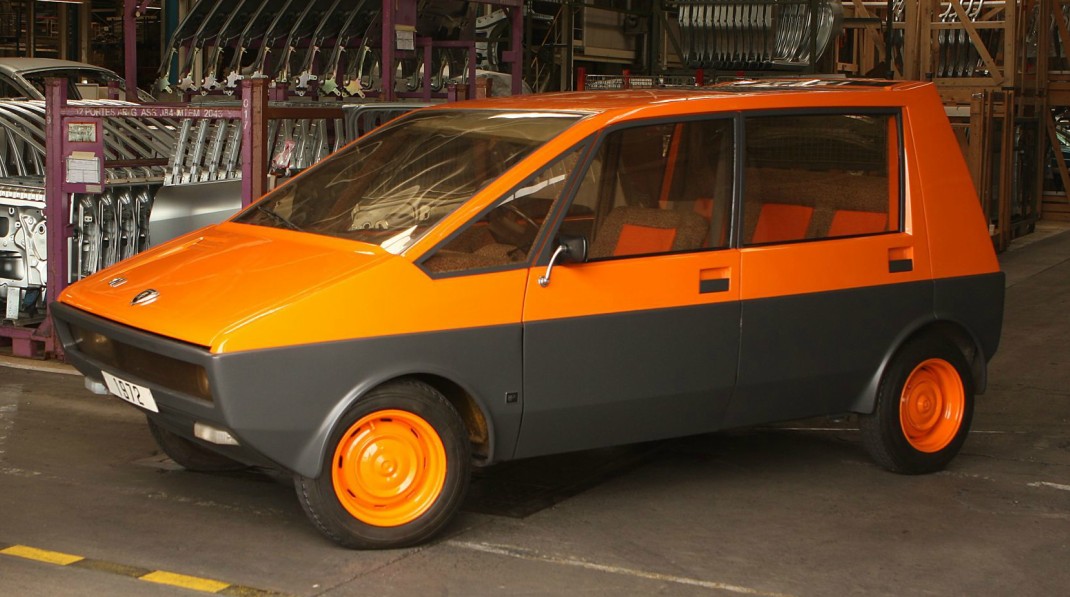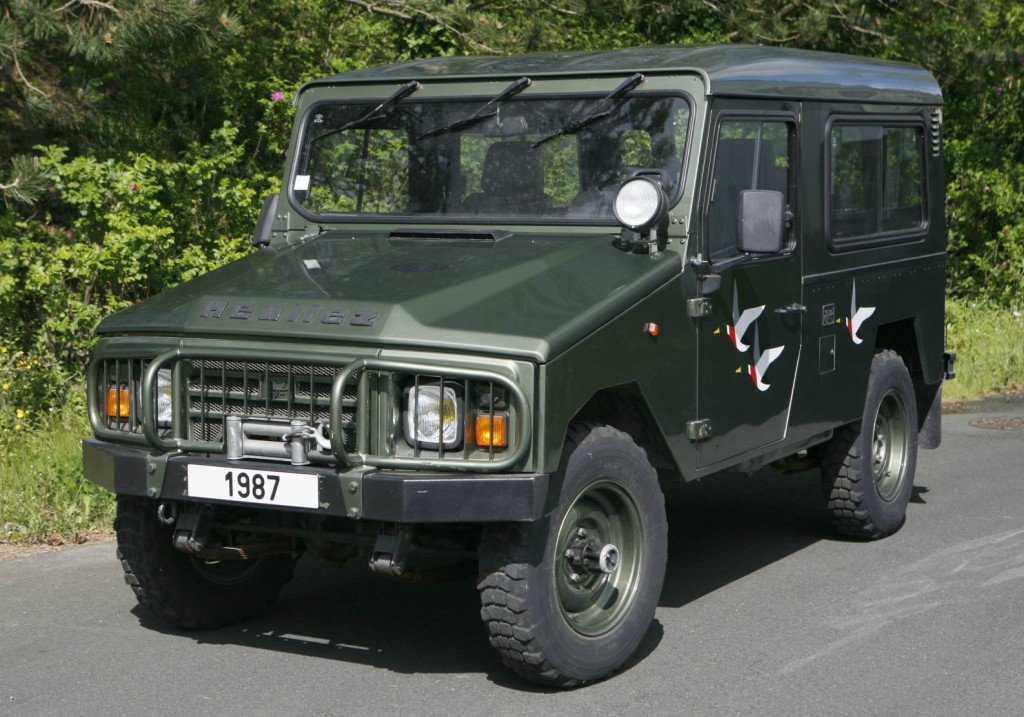1997 McLaren F1 GTR Longtail
Offered by Bonhams | Carmel, California | August 17, 2012

If this doesn’t make you drool all over your keyboard, I don’t know what will. But seriously, if anyone out there would be kind enough to buy this car for me, I would be eternally grateful, as I have been really wanting one of these since I knew what they were. And I’m a sucker for anything painted in Gulf livery.
Where to start? I’m going to leave out the interesting tidbits about the McLaren F1 road car except that I will say that it was the greatest road car ever built (sorry, Volkswagen). Racing versions first appeared for the 1995 season, having to have been detuned from road-car spec to make it legal for certain racing series – including Le Mans, which it won in it’s debut season. Nine race chassis were built for 1995 (the GTR denotes a race chassis – some were converted to street legal versions after their racing lives had concluded and a number of GTR road cars exist today).
For 1996, nine more GTRs were built (with two additional 1995 cars upgraded). They had slightly different bodywork that was a little longer both front and rear to stay competitive. 1997 saw even more improvements and a move to the “Longtail” specification to compete against the Mercedes-Benz CLK GTR and Porsche 911 GT1. Ten Longtail cars were built with none of the previous cars being upgraded. This took the total to 28 cars. This was #28, the final GTR built.
Chassis 028R was originally 027R, but 027R was destroyed in a testing crash. When it was rebuilt, it was rebadged as 028R. The competition history of this car includes:
- 1997 FIA GT Nürburgring 4 Hours – 44th, DNF (with Andrew Gilbert-Scott & Anders Olofsson)
- 1997 FIA GT Spa 4 Hours – 44th, DNF (with Gilbert-Scott & Olofsson)
- 1997 FIA GT Zeltweg 4 Hours – 30th, DNF (with Geoff Lees & Gilbert-Scott)
- 1997 Suzuka 1000km – 6th (with John Nielsen, Lees & Gilbert-Scott)
- 1997 FIA GT Donington Park 4 Hours – 7th (with Olofsson & Lees)
- 1997 FIA GT Mugello 4 Hours – 8th (with Olofsson & Lees)
- 1997 FIA GT Sebring 3 Hours – 10th (with Olofsson & Lees)
- 1997 FIA GT Laguna Seca 3 Hours – 6th (with Olofsson & Lees)
Since the end of the 1997 season, this car was “preserved” at McLaren before being sold to someone in Japan in 2004 where it remained for two years. The current owner acquired it in 2006 but it hasn’t seen a track day since 1997. The engine, the 6.1-liter BMW V12 (which in this car has a somewhat neutered 600 horsepower) was last run in January – but McLaren has offered to do a full technical inspection free of charge once this sale is complete.
The McLaren F1 was a legend from day one and it continues to grow. These cars will do nothing but appreciate and by the time the kids – who had McLaren F1 posters on their walls in the 1990s – grow up and become financially successful (hopefully) adults in their 50s, 60s, and 70s, these cars will be worth untold fortunes. Road cars started at about $600,000-$900,000 back in the 90s and have sold for upwards of $4 million since 2008. I remember seeing them sitting on used-supercar dealer lots in the early 2000s. Times change fast. Bonhams wasn’t sporting enough to publish an estimate, so we’ll have to wait and see. For more info, click here. And for more from Bonhams in the amazing little town of Carmel, click here.
Update: Not sold.
S/N: 028R

